People often watch horror movies for the thrill. According to Health, the brain doesn’t always detect the contrast between fantasy and reality and so the viewer can experience a “fight-or-flight” response even when they are completely safe. Cinematography and the way the camera behaves in a film are important for creating this response. When we watch something scary, we want to feel uncertain, or like we can’t see everything; when we do see what's intended to frighten us, the director of photography is essential in creating the horror jump scare or detailing terrifying special effects.
Stanley Kubrick’s The Shining is one well-known example of thoughtful cinematography in a horror movie. The Shining begins with rural overhead shots of the Yosemite Valley wilderness, enhancing the feeling of isolation. The clever position of the camera behind Danny’s bike is also iconic because the viewer can see only what he sees. In a review by The Guardian, Peter Bradshaw points out that Kubrick zeroes in on the “colossal, brilliantly lit spaces of the Overlook hotel with amplitude and calm.”
Noam Kroll of The Beat claims there are four significant details for cinematography in horror movies: to shoot through things, underexpose, use haze and colored gels, and experiment with angles. Used together, these elements will create an effective and “immersive mood." Here are nine horror films from the 1990s that utilize these techniques to have the best cinematography of the decade.
9 Lake Placid
The 1999 film Lake Placid tells the story of a 30-foot crocodile that threatens the community of Black Lake, Maine, and the attempts of a small group to conquer the beast. Like other movies that explore the threat of underwater beasts, some cinematography in this movie is shot from murky depths to emphasize the perspective of the monster itself. Although not as sophisticated or effective as its predecessor Jaws, Lake Placid uses some classic horror movie cinematicography to make you jump.
8 Cronos
This independent Mexican film from 1993 follows the history of an ancient device that grants eternal life to its owner. The artifact appears once again after four hundred years of absence in the hands of an artifact dealer. According to Glenn Heath Jr. of Slant, in this movie, filmmaker Guillermo de Toro is “joyously conducting a symphony of tones interlocking with cinematic details.” Guillermo del Toro puts care into incorporating flesh and blood-like colors throughout the film, making an already unique vampire film that much more effective.
7 Jacob’s Ladder
Jacob’s Ladder is a 1990 film directed by Adrian Lyne that tells the story of Jacob Singer, who is haunted by visions after returning from his service in Vietnam. The hallucinations gradually intensify, prompting Jacob to search for the source of the dreams in this hallucinogenic masterpiece. According to Nigel Honeybone of Horror News, the “cinematography [in the film] is really what makes Jacob’s Ladder an intense experience.” The camera focuses on the dirty parts of New York, and Jacob’s claustrophobic apartment has no proper lighting, creating a stiff, gray atmosphere. Although it is not the most stylish cinematic piece on this list, Lyne’s work still deserves a mention for merging its nightmarish use of grimy city scenes and psychedelic terror.
6 Arachnophobia
The 1990 film Arachnophobia, directed by Frank Marshall of Eight Below, follows the story of a community infested by a foreign and dangerous class of spiders. The flick stars a wonderful John Goodman as an exterminator who treats his job like a military exercise, and Jeff Daniels (before their delightful reunion in The Big Lebowski) as a doctor who suspects the spider is at fault for recent deaths in the community. The cinematography of the film takes care to focus on the movements, bodies, and webs of spiders. Critic Roger Ebert complimented this detail of the movie, stating that “the spiders in Arachnophobia are wonderfully photogenic” and Marshall “allows their shadows to cast alarming images."
5 Ringu (The Ring)
The 1998 film Ringu, manned by cinematographer Junichiro Hayashi, achieves its unsettling nature via mysterious lighting, crudely shot videotapes, character movement, and the creative use of negative space. Most of the cinematic horror in this movie is achieved through the unnatural distortion of the cursed videotape, which had been doctored in a number of ways to appear completely unpredictable and deformed.
The result of Ringu is a quietly terrifying and unpredictable film that invigorated the acclaim of Japanese horror movies internationally. In a movie review by Cal Knox of Movie Film Review, Knox comments that Ringu “does not incorporate a lot of things we normally associate with horror” and instead employs a slow build-up with characters in an eerily three-dimensional world.
4 The Blair Witch Project
Daniel Myrick and Eduardo Sanchez’s 1998 film The Blair Witch Project is one of the most successful independent films of all time, making $250 million on a budget of less than $500 thousand. The movie is shot entirely on a camcorder, making the story feel closer to reality and employing the idea of limited sight. The directors also went a step closer to reality by sending the actors into the woods to shoot alone.
In an interview with Rolling Stone, Myrick and Sanchez reveal that “the only directions [the actors] received was notes left at various checkpoints, along with batteries for the cameras and dwindling amounts of food." Like Ringu, Blair Witch used cinematic techniques no one had seen before and made audiences question whether they were seeing reality or fiction. The lo-fi cinematography of The Blair Witch Project invented a whole new era of horror in which the cheap camerawork of found footage movies could create box office behemoths.
3 Misery
An excellent and intense film based on Stephen King’s novel of the same name, director Rob Reiner’s Misery fixates on isolation and the haunting endlessness of snow, seen most effectively in shots out Paul Sheldon’s window. Sheldon, an author, is abducted unknowingly by a fan after he is involved in a car accident. While the movie doesn’t employ any techniques audiences haven’t seen before, it does focus on low angles around Paul Sheldon’s bed and open room, emphasizing the lack of mobility, and creates a lot of suspense with its still shots. Roger Ebert said that the film “does not illuminate, challenge, or inspire” but is ultimately the product of “good craftsmanship," and Misery remains a great example of how to do something very traditional incredibly well.
2 The Silence of the Lambs
Jonathan Demme’s The Silence of the Lambs uses one of the more important cinematic horror techniques: looking through things. Throughout the flick, we see FBI’s Clarice Starling examining Hannibal Lector through his jail bars and through reflective surfaces, however, sometimes it looks like she’s the one in the cell. Hannibal Lector is also the one who gets close-ups despite him being the one behind bars, allowing his lines to have attention and power. In a movie review by The Guardian, Peter Bradshaw calls Anthony Hopkin’s performance as Hannibal Lector “an uproarious technical masterpiece” highlighted by the film’s cinematographic strategies.
1 The Sixth Sense
The 1999 thriller The Sixth Sense is directed by M. Night Shyamalan. The story follows a child psychologist and his patient, a boy who can interact and speak with spirits. The movie stars Bruce Willis as Malcolm Crowe and child actor Haley Joel Osment as Cole Sear. The cinematography is often shot from Cole’s perspective to emphasize the anxiety of the things he sees, and the POV shots in The Sixth Sense are legendary as a result. At one point, Cole hears something in his kitchen and as he moves down the hallway the viewer sees what he sees. Not only is the audience immersed in his perspective, but low-lighting and the color red are also used to further communicate how Cole senses things.
Other horror movies of the 1990s were wonderfully experimental, like Nadja, Cube, and The Addiction. Like The Blair Witch Project and Jacob's Ladder, they attempted new things cinematically, making them that much more unsettling. Other movies on this list employed old tricks, sticking to a comfortable but familiar formula that they perfected. Most of the movies on this list utilized their budgets to create some of the most memorable horror images in movie history, and these films went on to inspire other horror flicks after 2000, like Final Destination, Paranormal Activity, and American Psycho.

.jpg)
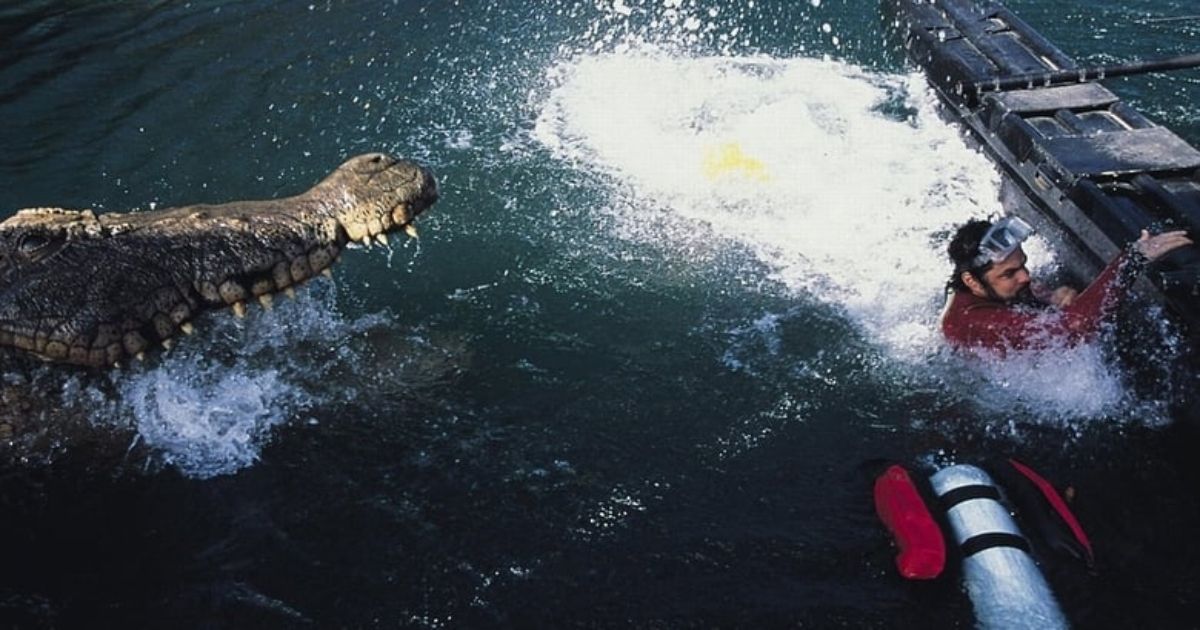
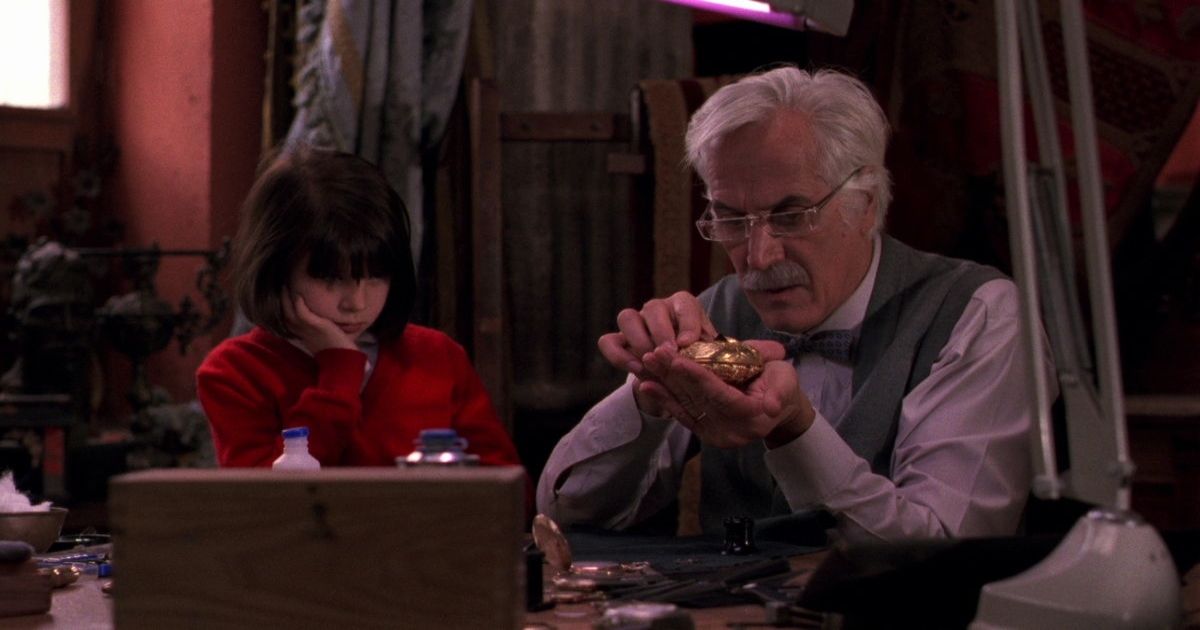
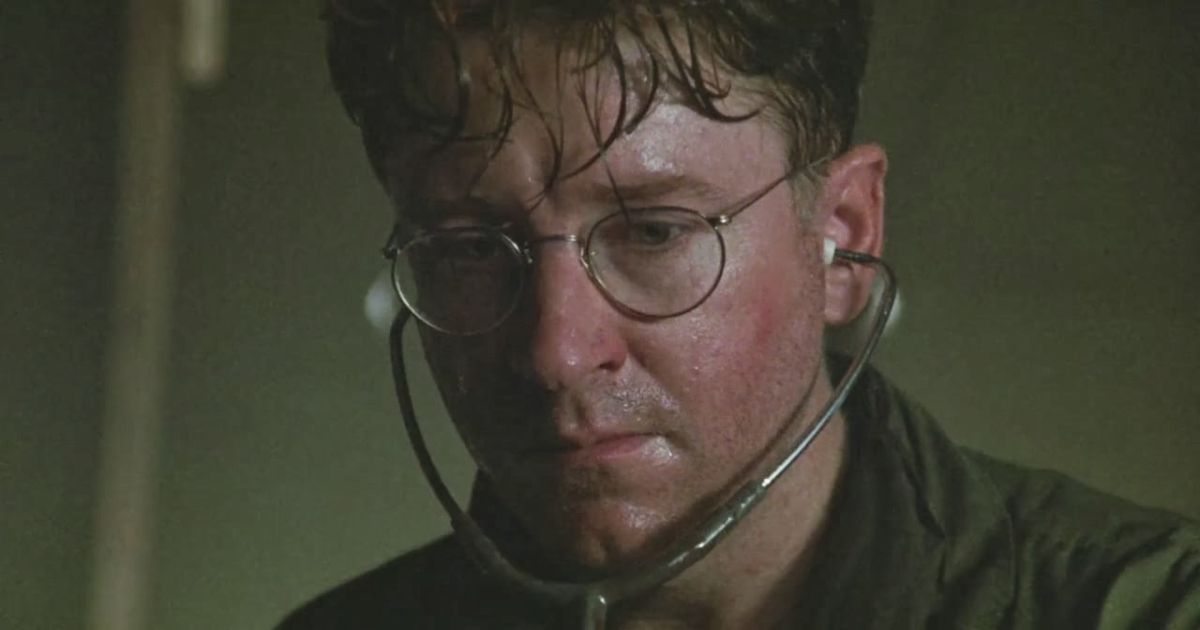
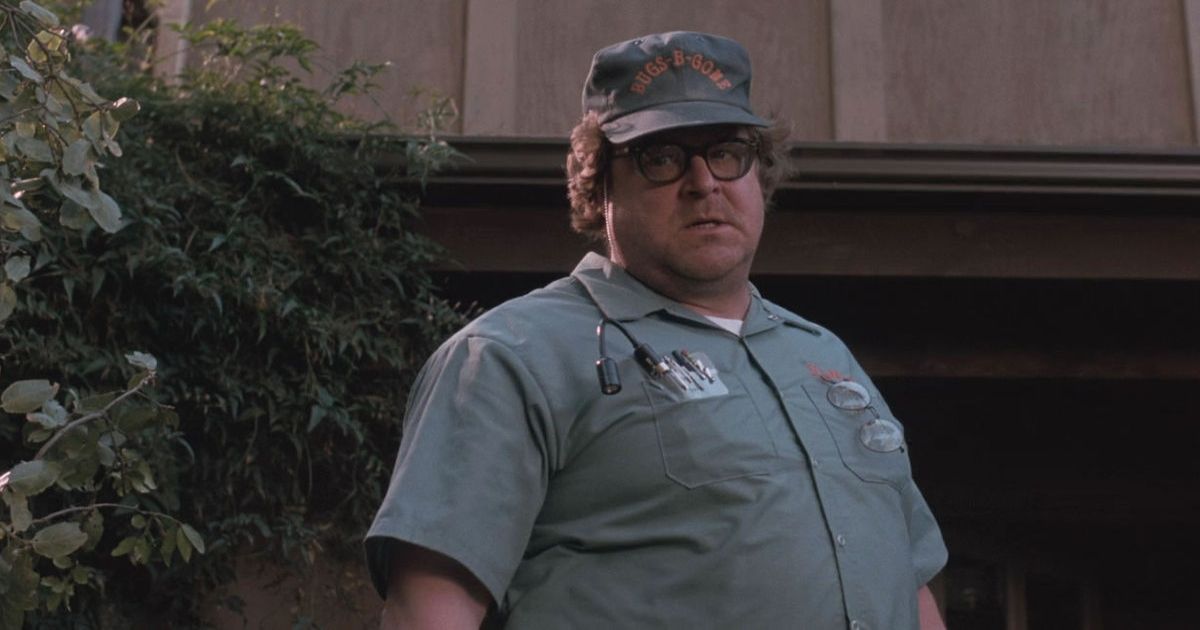
.jpg)
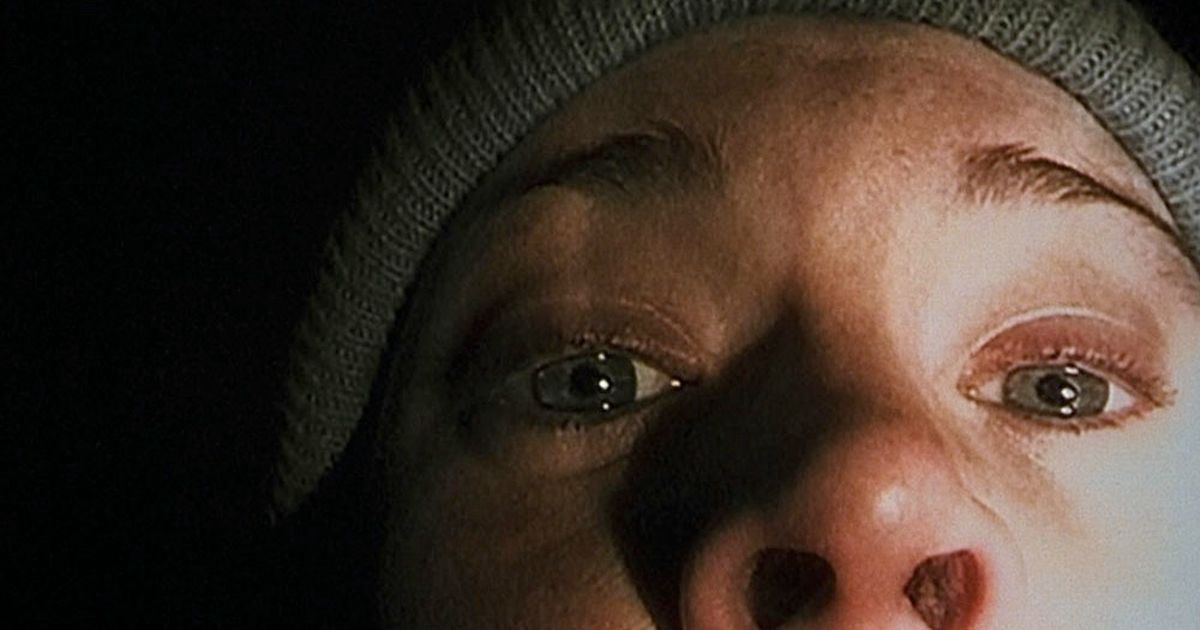
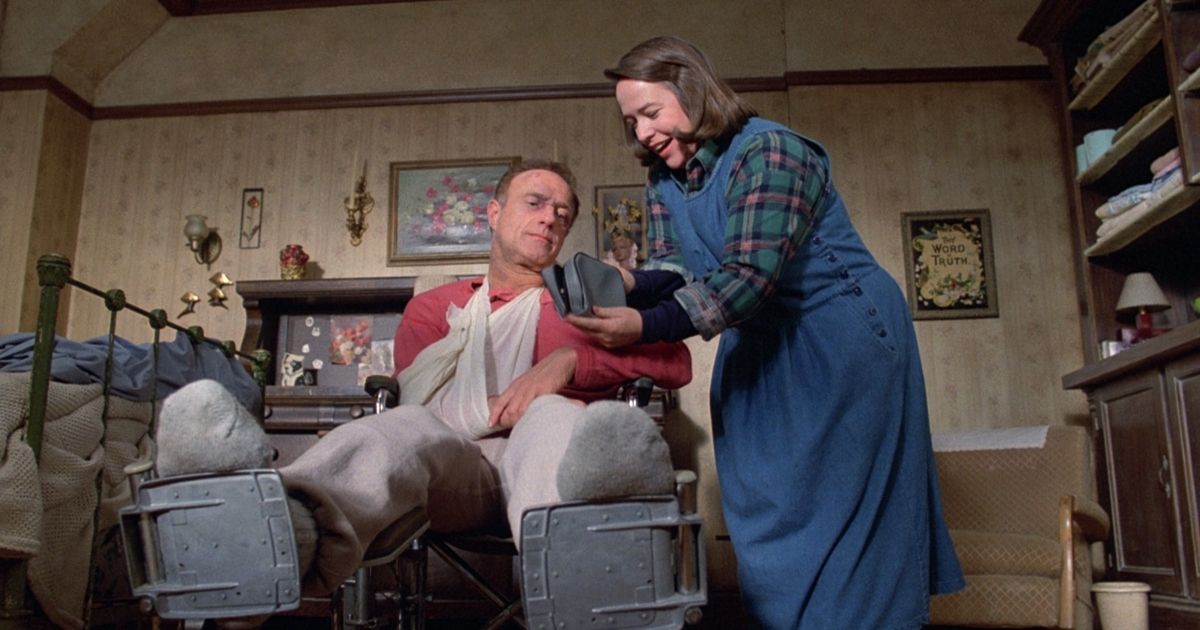
.jpg)
.jpg)